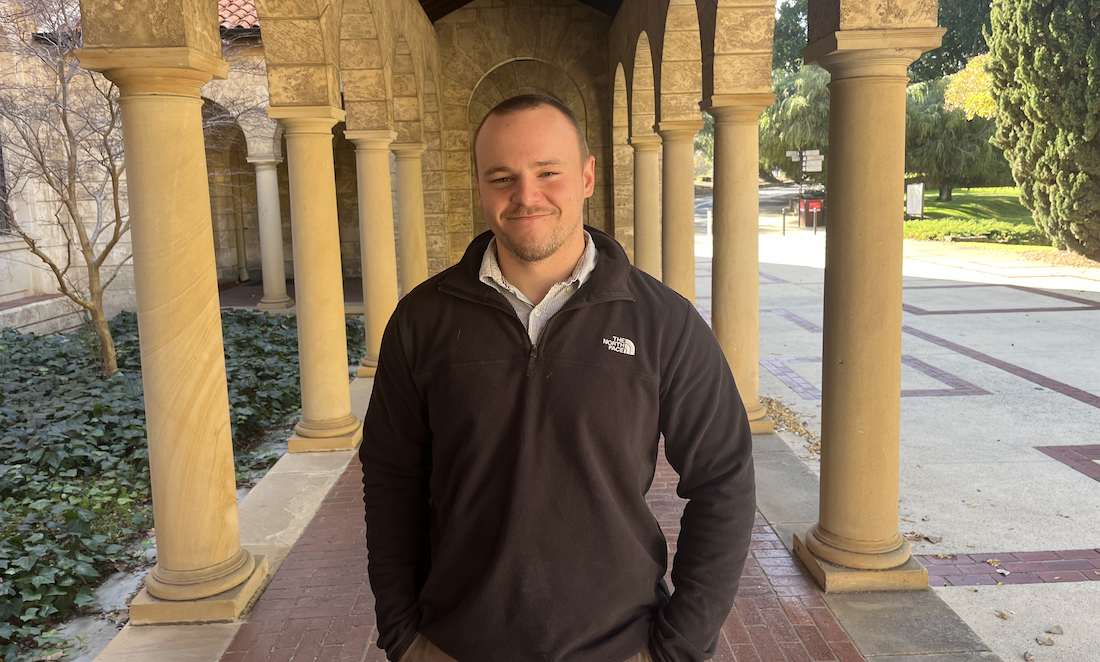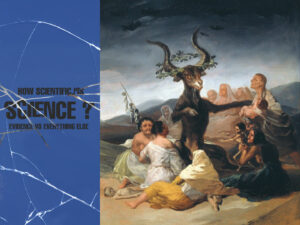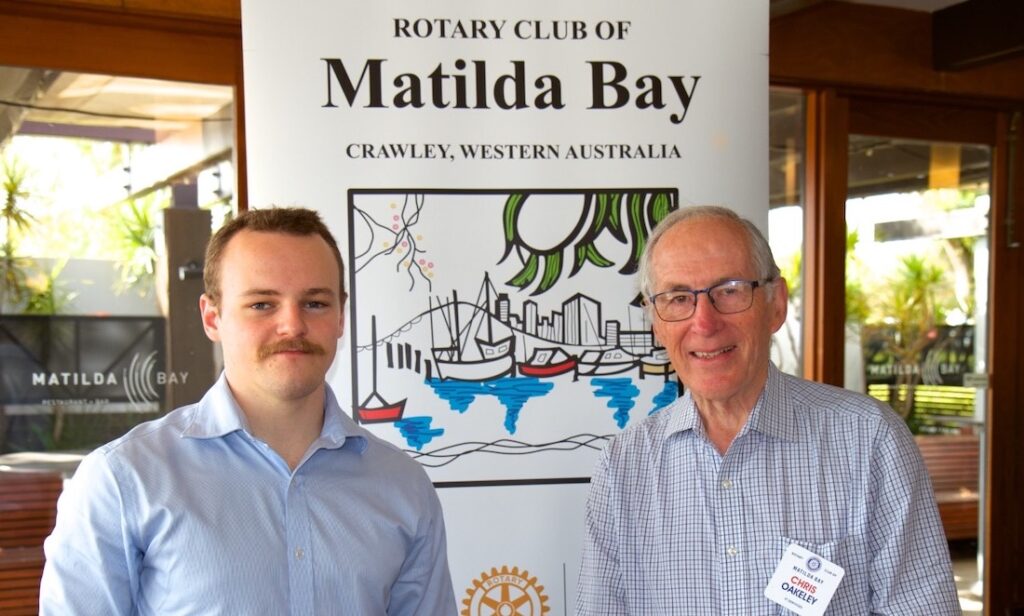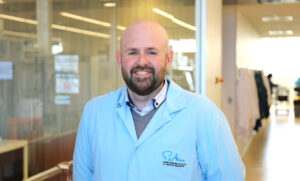When Ballardong Noongar man Benjamin Ninyett began studying medicine at the University of Western Australia in 2020, the university was celebrating its largest cohort of Indigenous medical students.
Twelve Indigenous students were starting the degree, hoping to graduate together in 2023.
“By the end of first semester, there were only five students left,” says Ben.
“And then by the end of second semester, only three of us made it through.”
Determined not to let the high dropout rate continue in future years, Ben started tutoring Indigenous students to help them through the first and most difficult years of medicine.
NEED FOR MORE INDIGENOUS DOCTORS
Throughout his studies, Ben has seen lots of Indigenous patients who are hesitant about the Australian healthcare system. Some had even completely disengaged from it.
According to him, Indigenous people are often unwilling to engage with the current healthcare system because of past negative experiences and generational trauma within the system.
“I think Indigenous people are really, really hesitant around healthcare, and they will be very late presenters for medical issues,” he says.
“This is why we see so many preventable conditions like rheumatic heart disease and chronic kidney disease in this community because they are more unlikely to present in the early stages of disease.”
And from Ben’s perspective, increasing the number of Indigenous doctors out there in the field could help address this problem.
“I’ve had numerous Indigenous patients who colleagues have described to me as ‘difficult’ open up to me, completely, after a short yarn.” says Ben.
“When these patients realise that there are Indigenous doctors out there, I think a lot of their preconceived fears about the healthcare system are relieved.”
“Having Indigenous doctors … I think does give better healthcare for these patients at frontline and is one of the strategies I think will be effective in closing the gap,” says Ben.
BECOMING DOCTOR NINYETT
In high school, Ben never considered studying medicine.
The majority of students at his public school in Perth don’t usually pursue tertiary education. So medicine wasn’t presented as a possible pathway for him.
After graduating, Ben studied psychology and chemistry at UWA.
During his undergraduate studies, a human biology unit sparked his passion for medicine and he set his mind on a career in medicine.
So far, Ben’s studies have included research into the effect of COVID-19 on mental health in pregnant women. The project highlighted the fact that rates of diagnosed mental health conditions such as depression and anxiety doubled among pregnant women during the pandemic.
This had flow-on effects for the baby, including higher rates of preterm birth and low birth weight.
LIFTING OTHERS UP
Today, most of the tertiary students Ben tutors come from disadvantaged backgrounds.
He says systemic racism has left Indigenous students with fewer and poorer educational opportunities.
“That in itself is probably the biggest disadvantage these students face when it comes to pursuing higher education,” says Ben.
Ben was listed as one of the finalists in the Aboriginal STEM Student of the Year category of the 2023 Premier’s Science Awards.










